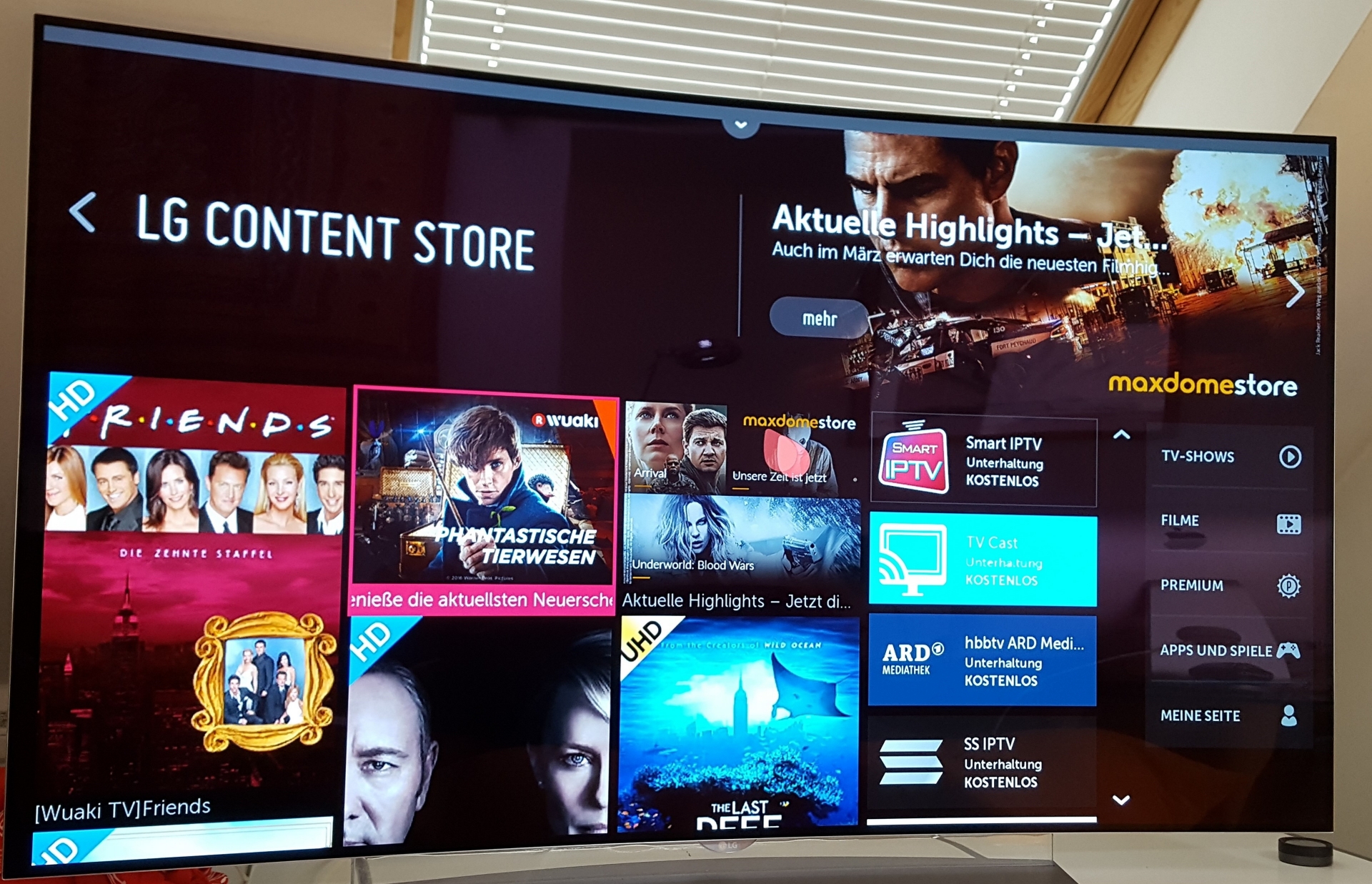Wir haben leider kein passendes Ergebnis gefunden.
Does the purchase of a Smart TV influence the television behaviour?


A study by Facit Digital for the media companies
In order to be able to assess whether modern TV sets influence user behaviour and accessibility to TV channels, the media companies have commissioned Facit Digital to carry out a systematic analysis of the most common TV sets. Among other things, the preset program listings as well as the listing of the apps in the Smart TV portals were examined more closely.
For the analysis, 14 Smart TVs were selected, including devices from Samsung, LG, Sony and Panasonic. Ethnographic interviews were conducted with the participants in the Munich area at home to record both the default settings of each device and the adjustments made by the user.
Independent channel sorting difficult
With regard to the sorting of channels, there was no clearly discernible pattern that showed a preference for certain channels. The impression was rather that the channels were distributed according to no discernible logic. Due to the sheer number of TV channels and the lack of sorting, the user had to adjust his channel sorting himself on all tested devices. However, most Smart TVs made it difficult for users to rearrange the channel list. At LG, for example, the encrypted channels were not marked as such, which made sorting difficult.
Easy access to streaming services
Unlike normal television, most smart TVs made it very easy for users to view non-linear content via easily accessible apps. Grundig and Panasonic even had a dedicated Netflix button integrated into the remote controls. When taking a closer look at the Smart TV portals, it became clear that TV-relevant apps were comparatively common, in contrast to the manufacturers' native apps. The TV-relevant apps mainly came from streaming providers and media libraries.
Most manufacturers listed the streaming apps of the providers Netflix, maxdome, YouTube, Wuaki.tv and Amazon Instant Video particularly prominently at the top positions of the smart TV portal. The media libraries of ARD, arte and ZDF were also very frequently found in the Smart TV portals. Additional apps were hardly downloaded by users. Moving apps was possible on most devices, but was practically impossible in reality.
Adding additional apps rather rarely
Removing pre-installed apps from the main view was not allowed by many manufacturers. The installation of additional apps via App Stores was possible with most manufacturers. However, the statements of the study participants indicated that this was hardly used. The manufacturers thus have a de facto significant influence on the service providers ultimately used and on user behaviour.
Video on demand first - classic television second?
These findings lead to the assumption that manufacturers have little interest in making it easier for users to access normal television programming. Instead, the manufacturers are apparently trying to make access to selected Video on Demand providers as easy as possible. Apart from technical reasons, new sources of revenue for hardware manufacturers could be one reason for this. The more time the device user spends watching on-demand content, the more attractive a presence for third-party providers on the respective manufacturer platforms becomes. The general trend towards a change in usage towards streaming services seems to be at least encouraged by this.
Die gesamte Studie können Sie hier nachlesen.